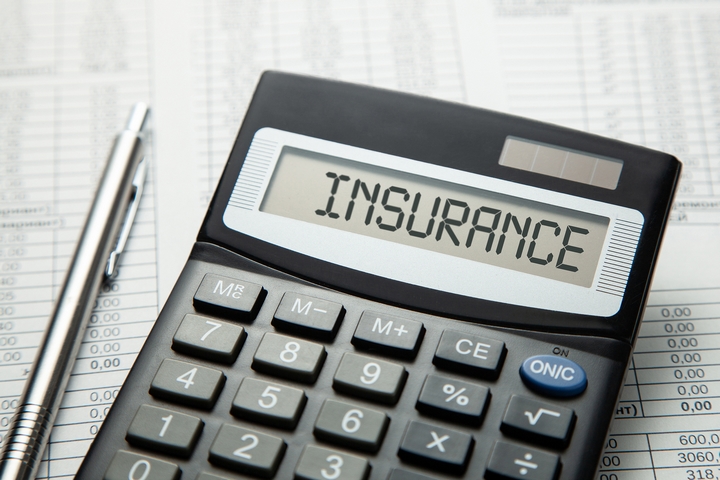
Contrary to what people think, there are retirement plans that are actually pretty easy to understand. Depending on your total gross income and the amount of money you contribute, among other factors, there is a retirement that best fits you.
Simply put, retirement planning prepares you for life after the salaried season ends. It goes beyond the financial aspects and savings to meet set targets that include other aspects of life such as where to live, what to do with your time during retirement, and when to quit your job. Here are some retirement plans you can consider.
1. 401(k) Plans

This is a type of employer-sponsored retirement plan, which enables employees to make regular contributions through paycheck deductions towards an individual account while the company also contributes to that particular account based on your contribution level. In as much as the 401k retirement plan is ideal for private-sector employees, it is also limited in terms of investment options.
Besides, management and administrative fees are too high. For these types of retirement plans, there might be a waiting period (especially for new employees) before the company can make their contributions, which may also be subject to a clause that allows money to become the property of the employee only after a specified period.
2. 403(b) Plans

Also called tax sheltered arrangements, these types of retirement plans are the predecessors of the 401(k). They were initially meant for nurses and teachers working in public institutions without a pension plan. Just like the 401(k), employee contributions are not taxed. You can ask for a Roth 403(b) provision, which allows you to do your distributions tax-free. Employers are at liberty to choose whether or not to contribute.
Another bonus is that the 403b plan provides higher limits for employer-employee contribution matches compared to the 401(k). This is due to the catch-up employee provision, which allows one to make extra contributions over five years.
3. Individual Retirement Accounts (IRAs)

These account for the majority of the retirement saving plans around. All you need is to set-up an individual retirement account to hold retirement investments at any financial institution such as a bank. With IRAs, a limit is placed on how much you can contribute to your account within a year. The funds are also taxed differently whenever you make deposits or withdrawals depending on the particular type of IRA, be it Roth or traditional.
On the plus side, these types of retirement plans put you in control of all your investment decisions, and you have a more comprehensive range of investment options compared to workplace retirements plans.
4. Roth Individual Retirement Accounts (Roth IRAs)

These types of retirement plans highly recommended for eligible retirement savers. It is also highly beneficial when used to complement other contribution plans such as 403(b) or 401 (k) since it strikes a balance between the pre-tax and after-tax benefits.
This type of account is funded by taxes, so you get to grow and withdraw your investments absolutely tax-free. Besides, it accords Roth account holders a minimum of 5 years and up to 59 ½ years of tax-free income.
5. Self-employed IRAs (SEP IRAs)

Imagine if you were a small business owner working alone or with a handful of employees, or an independent individual struggling to keep your business afloat while still managing all other administrative aspects of the company? Sounds overwhelming, right? And amidst all these activities, you still have to save up for your retirement.
If this is you, then the self-employed IRA is the way to go. It is easy to set up, has a high contribution limit and low-cost plan and is so flexible that you can even go for a whole year before making your next contribution.
6. Pensions

This is one of the most common types of retirement plans, especially for those with government jobs. Here, the employer contributes the money on behalf of the employee. However, no adjustments can be made to match the cost of living. Therefore, the figure remains the same throughout your retirement period.
7. Life Insurance Plan

Investing in life insurance plans with cash value is a great way to increase the value of one’s investments using a tax-free vehicle. It also gives you the chance to acquire a loan against your death benefits, which you can later use in retirement. The tax-free loan is paid off by your death benefits, hence ensuring your beneficiaries are taken care of with the remaining amount.
Preparing for retirement is both a wise and prudent thing to do. Start planning for your retirement as early as now. When it comes to retirement benefits, the sooner you start on a plan, the better. However, don’t just choose a plan without first evaluating other options to be sure of getting the best deal possible. You will need to seek expert advice from a financial planner or accountant for guidance on the most ideal retirement plan for you.